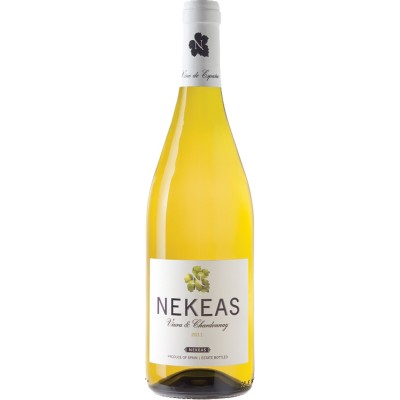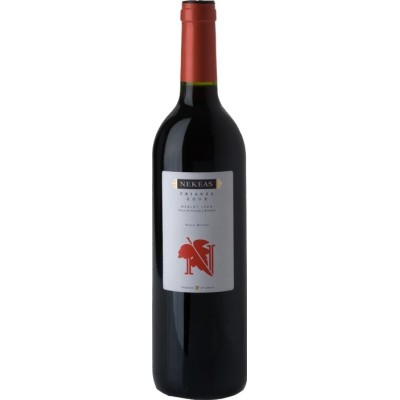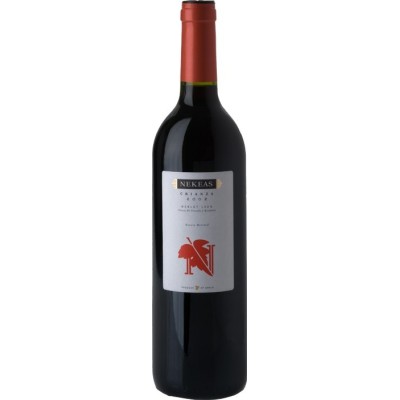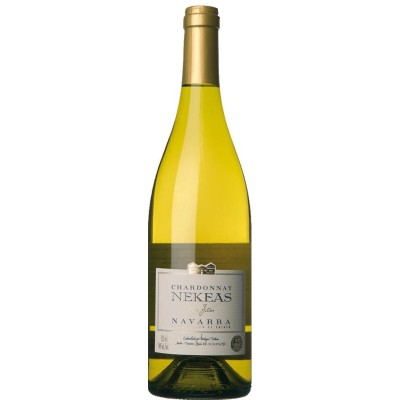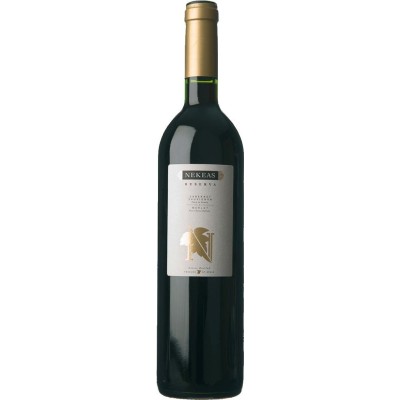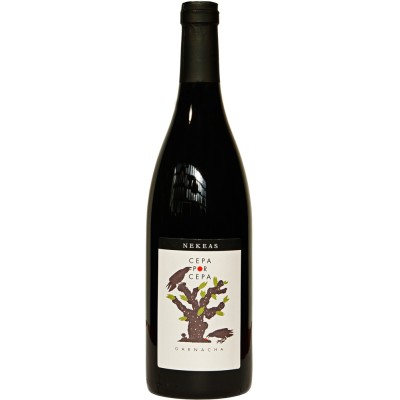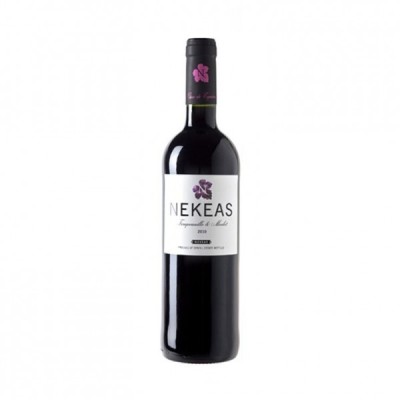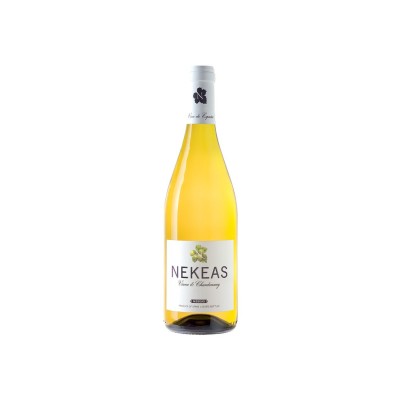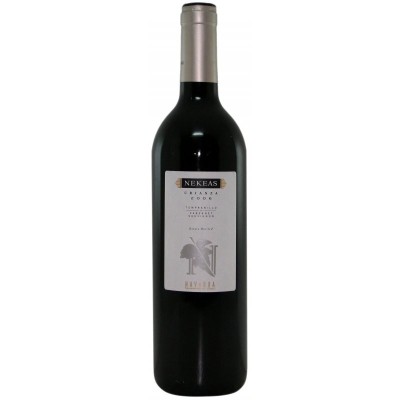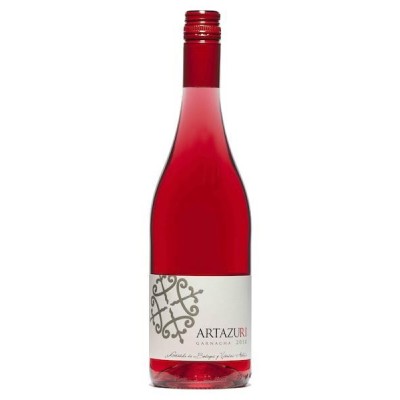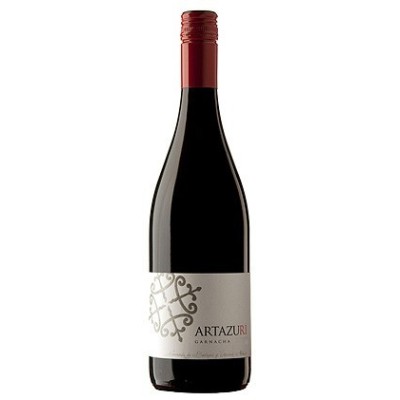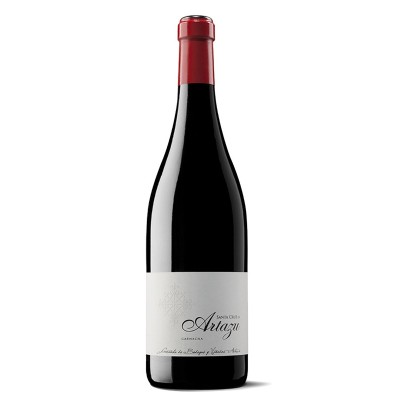- Home
-
Wines
addremove
- Spanish wines with D.O.addremove
- Bierzo
- Catalonia
- Cigales
- Conca de Barberá
- Costers del Segre
- Empordá - Costa
- Jumilla
- La Mancha
- Méntrida
- Montsant
- Navarra
- Penedés
- Pla de Bages
- Priorat
- Rias Baixas
- Ribeiro
- Ribera del Duero
- Rioja
- Rueda
- Somontano
- Terra Alta
- Toro
- Uclés
- Valencia
- Yecla
- Alicante
- Calatayud
- Almansa
- Valdeorras
- Málaga
- Tarragona
- Madrid
- Binissalem Mallorca
- Pla i Llevant
- Ycoden-Daute-Isora
- Manchuela
- Getariako Txakolina
- Ribeira Sacra
- VT Mallorca
- Local winesaddremove
- Champagne
- Spanish fortified winesaddremove
- Banyuls
- Tokaji
- Marsala
- Madeira
- Oporto
- Import Winesaddremove
- Bag in Box
- Cava
- Spanish wines with D.O.addremove
-
Whisky
addremove
-
Spirits
addremove
- Absinth
- Aguardiente
- Akvavit
- Anise Liqueur
- Aperitives
- Armagnac
- Brandyaddremove
- Catalonia
- Jerezaddremove
- Other areas
- Cachaza
- Calvados
- Cazalla
- Chinchón
- Cognac
- Ginaddremove
- Grappa
- Licouraddremove
- Marc
- Orujoaddremove
- Pacharán
- Pippermint
- Pisco
- Poire Williams
- Punch
- Ronaddremove
- Sambuca
- Cider
- Tequila
- Vermouth
- Vodka
- Mezcal
- Sake
- Ratafia
- Gourmet addremove
- Packs addremove
Navarra
Navarra
GEOGRAPHICAL SITUATION AND DATA OF INTEREST The production area of the D.O. Navarra is located to the south of Pamplona. The cultivation of the vine and the production of wine date back to Roman times. During the 11th and 12th centuries, the Cluny and Cistercian orders promoted the introduction of French viticulture techniques. In the 13th century, the marriages of Navarrese kings with French royal houses such as King Teobaldo II, Count of Champagne, gave Navarrese wines influences from Bordeaux, Burgundy and, of course, Champagne. CLIMATE In Navarra there is the peculiarity that the Atlantic, continental and Mediterranean climates converge in it. SOILS, VINES AND GENERAL CHARACTERISTICS OF THEIR WINES. The soils are limestone, with little clay and few nutrients, healthy and with good drainage. The red grapes are Tempranillo, Graciano, Cabernet Sauvignon, Red Garnacha, Merlot and Mazuelo. The white grapes Viura, Chardonnay, Garnacha Blanca, Malvasía and Muscatel. The best known wines are the rosés, produced with the traditional bleeding of the grape. The sweet whites from Muscatel are unctuous, delicate and fresh on the palate. The reds, in the northern areas where Tempranillo predominates, have a more Atlantic character, with a high acidity index. The reds from the south, in which Garnacha predominates, are warmer and rounder. Crianza reds are tasty on the palate. The reserva and gran reserva reds are ruby in color, with spicy nuances on the nose and very meaty on the palate.
There are 12 products.
Availability: 100 In Stock
Vino blanco D.O. Navarra.
70% Viura, 30% Chardonnay.
Availability: 100 In Stock
Vino rosado D.O. Navarra.
50% Cabernet Sauvignon, 50% Garnacha.
Availability: 100 In Stock
Vino blanco D.O. Navarra.
100% Chardonnay.
Availability: 100 In Stock
Vino tinto D.O. Navarra.
50% Cabernet Sauvignon, 30% Merlot, 20% Tempranillo.
Availability: 100 In Stock
Vino tinto D.O. Navarra.
60% Garnacha, 40% Tempranillo.
Availability: 98 In Stock
Vino tinto
D.O. Navarra
Tempranillo 80%, Merlot 20%
Availability: 97 In Stock
D.O. Navarra
Viura 70%, Chardonnay 30%
Availability: 100 In Stock
D.O. Navarra
Cabernet Sauvignon (40%)
Tempranillo (30%)
Merlot (30%)


